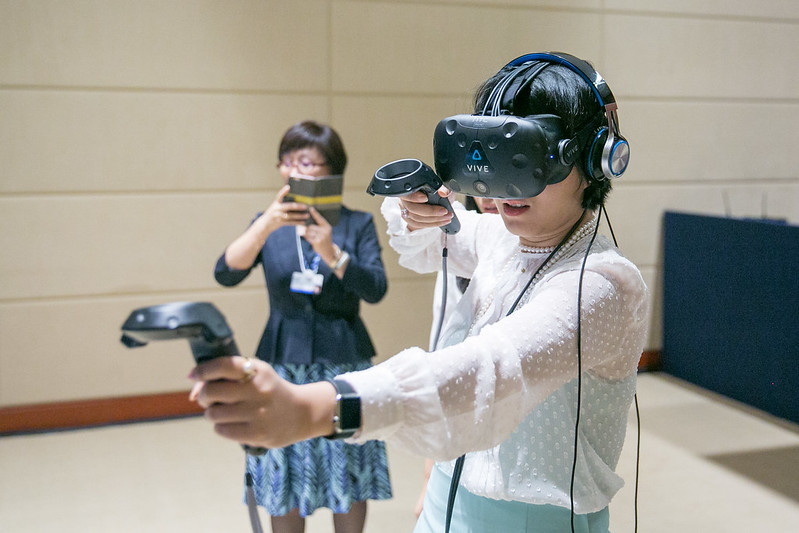After reading this week’s topic, I thought it is inevitable to focus on digitalization in creating modern educational models. There are two points to support my statement: it enhances the academic level of the population and allows individuals to avoid external risks such as getting a virus 🦠 (Here, I am not creating an essay. Just elaborating my thoughts.). As you may already know, the development of a country is highly dependent on the level of quality of education. Hence, the implementation of free digital educational material will give more opportunities to people living in poor areas to grant access. In order to succeed in this mission, the government and the world educational institution must provide individual electronic tools. By people working through online platforms, they are no longer needed to pay fees. (The fees for transportation, schooling, cram schools, and so on.) They could also work and learn virtually, creating an absolute offline interaction, which allows them to avoid infectious diseases.
Beside my thoughts, here are quick summary for this week’s topic.
SECTION:
This model was created by Dr. Tony Bates. In essence, SECTIONS prompts individuals to ask themselves a number of different questions. Each letter stands for different questions. What and how to provide learnings for the specific students. How easy the tools and mediums to utilize for everyone. How much is the overall material. What merits and demerits the alternative teaching function has. Are the material official and reliable. Does instructor provides networking opportunities to connect the learners with another (class members and experts). Are the materials and platforms good security-wise.
SAMR:
This model is divided into four stages and categorized into two parts: enhancement and transformation. The early two stages: substitution and augmentation, lie under the former area. First, the first step of this model is that old-fashioned teaching tools are substituted to an online form with no functional change. Secondly, we consider how alternative paraphernalia can be more effective than the previous paraphernalia, for instance, utilizing online platforms to create projects and testing their knowledge as well. Then we move into transformation. Instructors “can think about using a learning management system” like bright space, blackboard, Schoology, etc, in order to modify the fundamental ways of teaching. There are several benefits to this, according to Edutopia. For instance, people who tend to be shy in a physical classroom would feel easier to ask questions through online discussion. Lastly, redefining the overall schooling. It includes school trips, weekly discussions, after-school activity and so on. Students will have a nice trip to foreign countries or mystic areas of the universe by diving into virtual reality. Consequently, the SAMR model provides online educational materials as well as entertainment to students.

To me, the latter model is palpable and creative. The bottleneck is that it does need some time for students and parents to accept the fact that this style of teaching requires absolute separation from the outer world. Furthermore, SAMR includes only the standard of current technology and thus needs to adjust in the long run.
Here is a video that I have created for this week’s lab.
Crozier, N. (2021). Week 8: How do we evaluate multimedia? EDCI 337 Interactive and Multimedia Learning. Retrieved November 1, 2021, from https://edtechuvic.ca/edci337/2021/10/25/week-8-how-do-we-evaluate-multimedia/.
Terada, Y. (2020, May 4). A powerful model for understanding good tech integration. Edutopia. Retrieved November 1, 2021, from https://www.edutopia.org/article/powerful-model-understanding-good-tech-integration.

tyannapridge
Thank you for your post!
I really like the idea of VR in education, it would really help visualize different concepts in ways we could never be able to explain! It reminds me of the book “Ready Player One” because students in the future are able to go to school from their own home using a VR setup.
I agree with you that we have to provide digital tools to everyone so there is equal access to online education. I think it would be a big task because of the cost the government would have to cover, but also many places in the world still don’t have good (or any) access to the internet/wifi. There would be many steps, but I hope we can get there one day!
Tyanna 🙂
atomin
Thank you, Tyanna. I have never heard of the book before, but it seems that there are profound ideas that we can learn about education in the near future. Yes, the zero to one process (making the infrastructure) takes effort and time; however, governments should not compromise during this process, or else the country never develops.
queenieyao
Hi Atomu,
Thank you for teaching me how can we buy and sell bitcoin on our phone. Online is easy for nowadays people however, some people still cannot afford digitals tools therefore, I think your idea is great.
qixingyu
Hi Atomu
Your thought about SAMR is cool. I also think that it should add some rules about future technologies because these days technologies go so fast. New things publish every day.